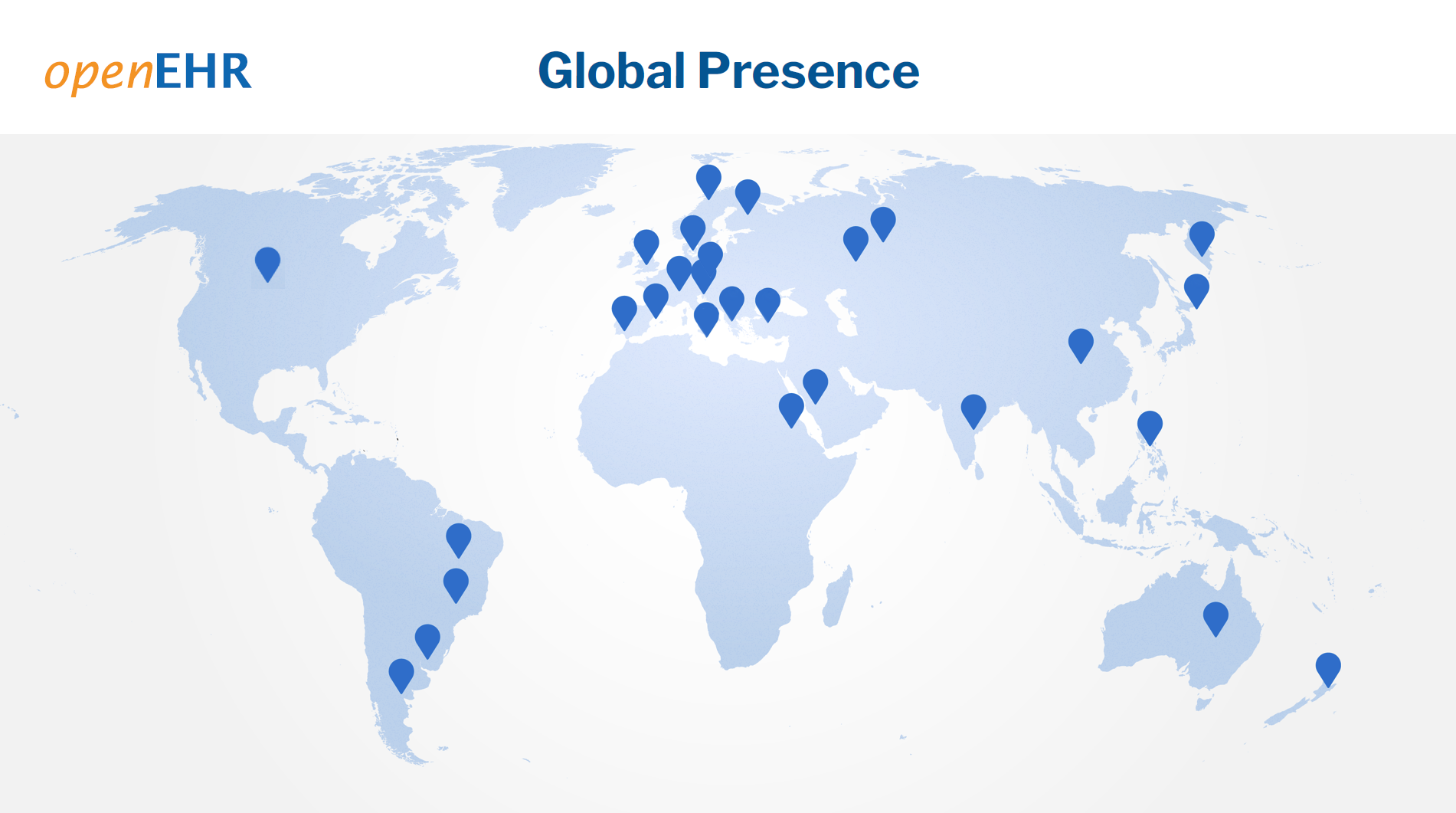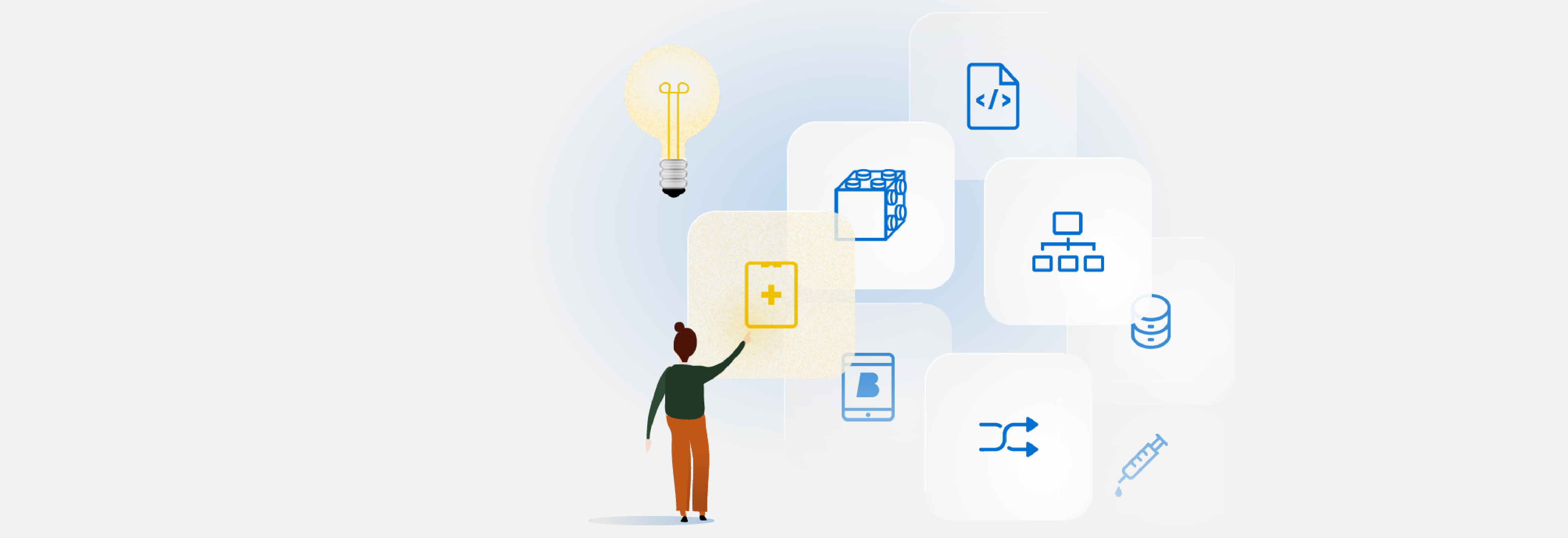digital
Better releases its proprietary openEHR resources as open source
In a move set to drive openEHR adoption and innovation even further, Better, a market-leading open-data platform provider, releases its own openEHR resources as open source at GitHub and Maven Central.
Better’s cutting-edge EHR (electronic health record) software is based on openEHR, which offers the most mature and widely used set of technological standards in digital health and enables native data interoperability between all of the platforms and applications currently using these standards.
"At Better, we recognise openEHR as a great and the only truly viable option for the future of digital health, where data is both safe and interoperable on a large scale. We are avid patrons of open culture within software development and are committed to building an inclusive and collaborative digital health ecosystem that enables health and care service providers to work with any digital solution provider, without being tied to a particular vendor. This is only possible if we collectively decide upon a set of standards, such as openEHR,” said Boštjan Lah, Chief Technology Officer at Better.
As a part of its ongoing effort to support the openEHR community, Better has now published several of their own proprietary resources under the Apache 2.0 open-source license.
- A WebTemplate implementation for the openEHR Clinical Data Repository: WebTemplate and the associated JSON-based data formats are a Better proprietary derivative of the openEHR Operational Template aimed at simplifying the use of openEHR technologies for web application developers. They have been embraced as a de-facto standard over their years of use in the industry.
- The common components of an openEHR-based system, such as a Clinical Data Repository: Common components include a Kotlin or Java implementation of the openEHR Archetype Model, as well as Reference Model classes and utilities for the manipulation of these kinds of objects.
- An angular UI workspace consisting of libraries and tools to easily adopt openEHR concepts to specific projects: This workspace contains the user interface components for manipulating openEHR-standard Archetype Query Language queries and the subsequent result sets.
- A WebTemplate unit test suite: The test suite contains tests to verify the conformance of third-party WebTemplate technology implementation to the specifications set forth by Better. We believe that competing implementations benefit the community, and ensuring that they all conform to the same specification, albeit not undersigned by the openEHR Foundation, ensures the exchangeability of components.
- A Better attribute-based access control (ABAC) server: A backend component that can be set up using ecosystem-specific plugins to track entities and the relations between them, and can use those to evaluate dynamically configurable data access control policies. This enables other software components, such as Clinical Data Repositories, while also limiting access to sensitive patient data.
- OpenEHR REST integration tests: The test suite contains tests to verify the conformance of a REST server to the openEHR REST API specification (also known as an ITS-REST component).
These resources will enable digital health software companies to develop openEHR-based solutions more quickly and with less effort. You can find them in their source form at GitHub, and the binary artefacts have been published on the Maven Central Repository.
The ever-growing presence and importance of openEHR
The thriving openEHR international community consists of more than 1,500 clinicians and IT experts from over 100 countries who have developed more than 1,000 clinical data models, all of which are free to use. This openEHR technology has already been tested and proven in hundreds of deployments worldwide, including in the United States, the United Kingdom, the European Union, Australia, Russia, and Brazil.

Examples of openEHR use-cases include:
- a health data platform for electronic health records, applications, and a common data repository;
- a common data repository for governments and eHealth programmes;
- a common data repository for research and clinical decision support;
- a framework for clinical registries; and
- entire ecosystems of healthcare applications and services.
Following are some of the main benefits for software developers, care providers, patients, and the entire ecosystem.
- Semantic interoperability out of the box: easier cooperation and data exchange among all who are involved in the project.
- Scalability: suitable for either a GP practice, hospital, region, or nationwide EHR solution.
- A modular approach: enables you to use existing functionalities as needed and develop your own.
- Lower maintenance costs: changes in health data sets do not interfere with working processes.
- Privacy: strong security measures protect data within the scope of GDPR.
- Standardisation: a focus on application development, not the standardisation or classification of medical data.
